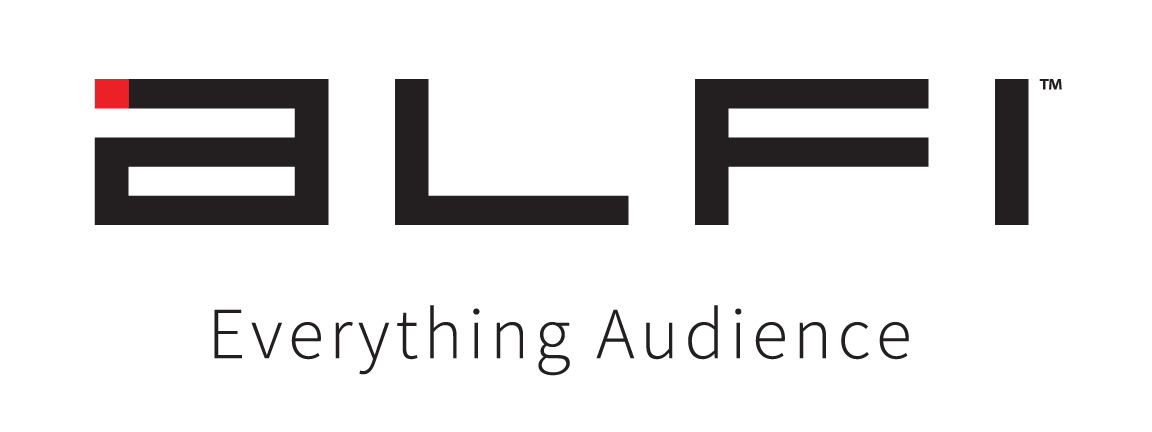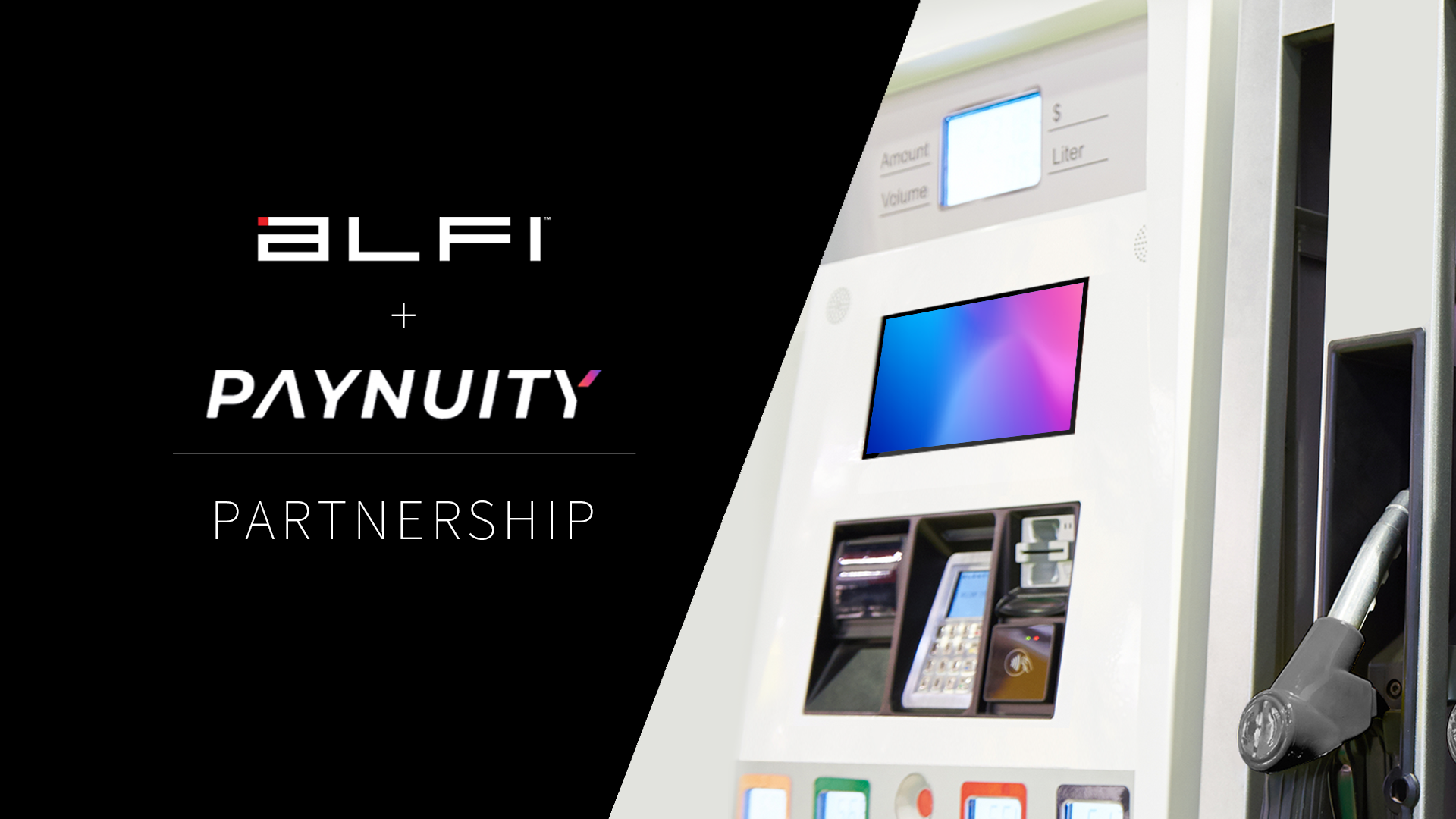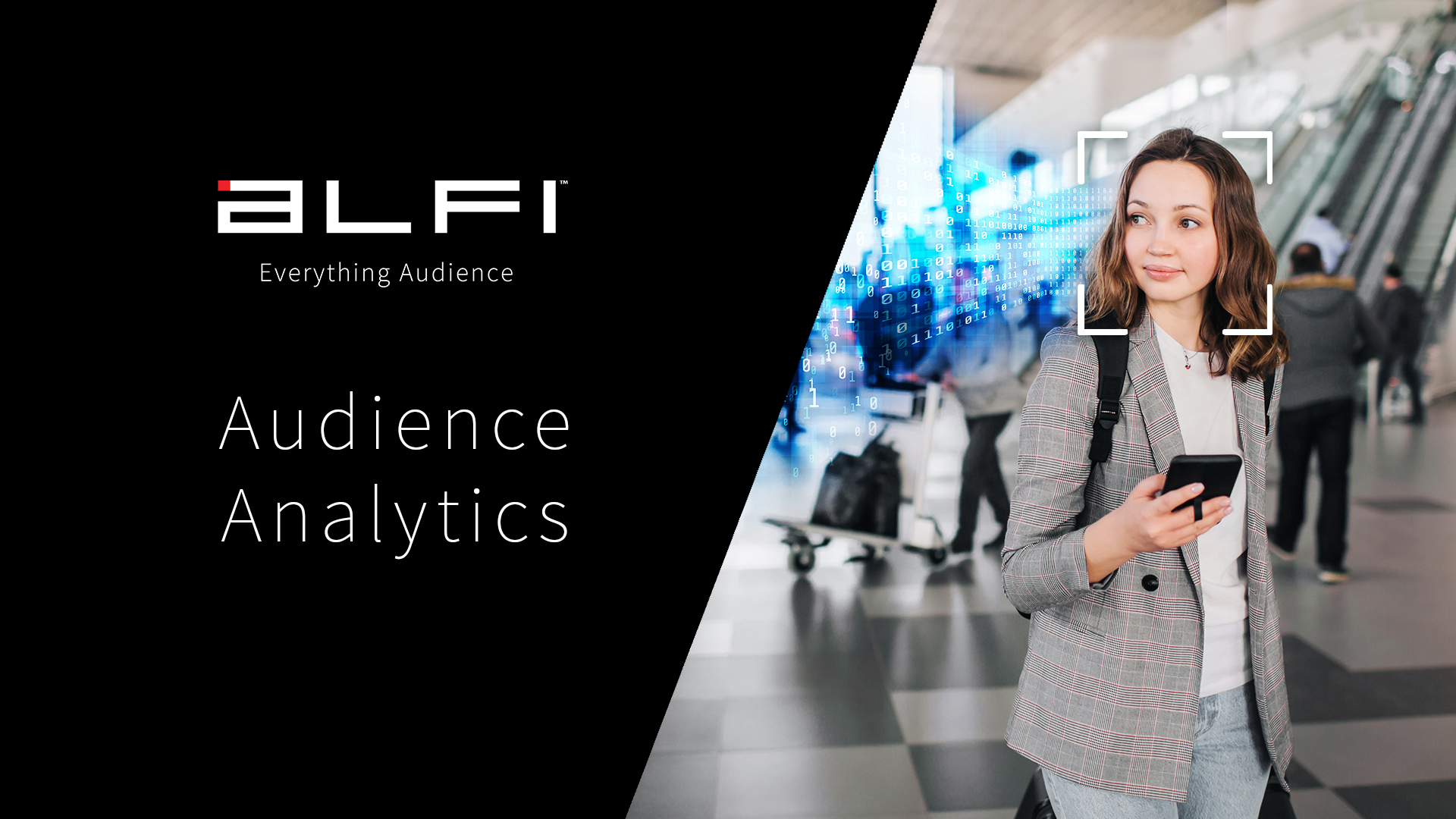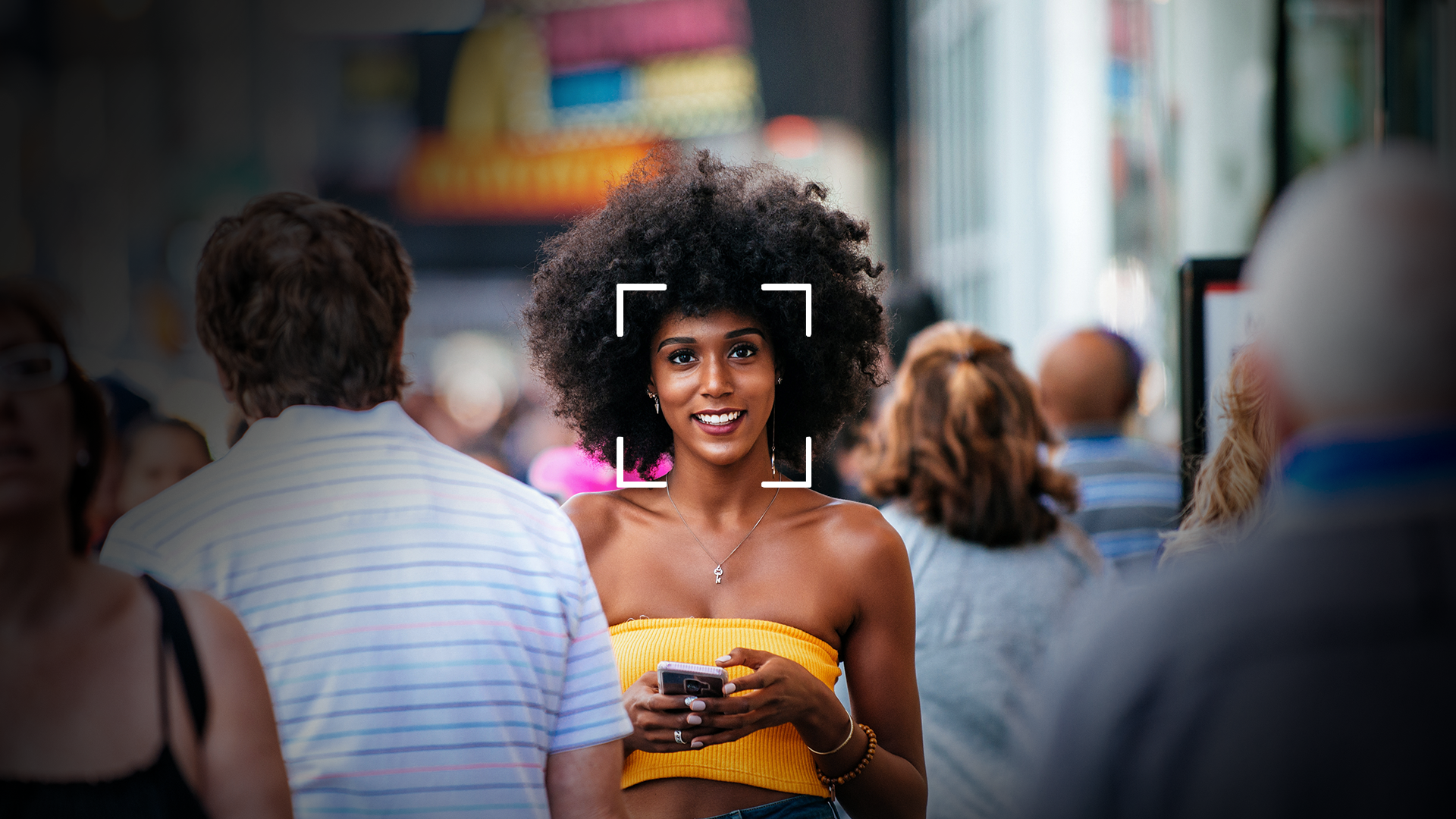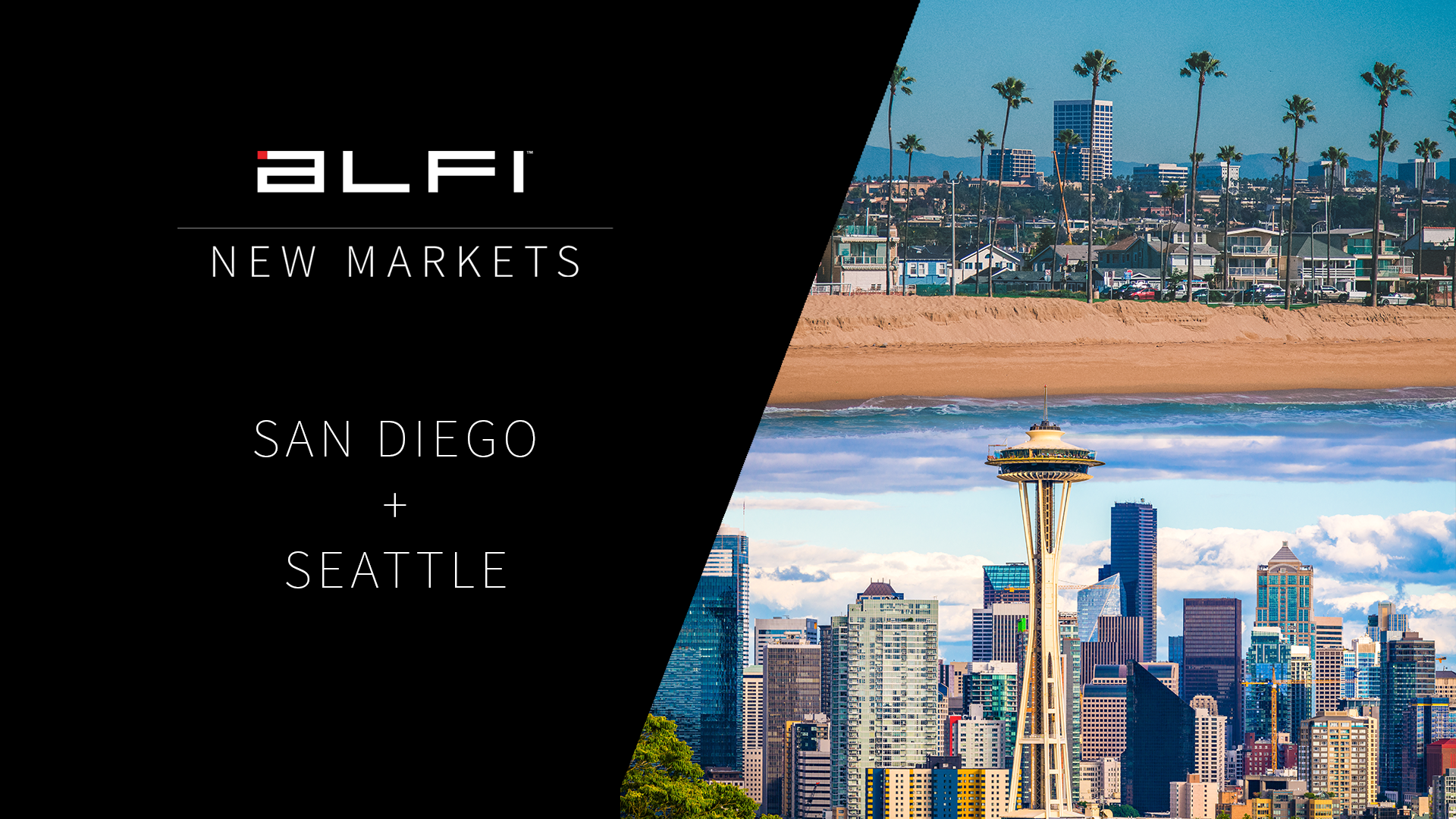Outdoor Advertising in Los Angeles
If you’ve ever driven down Sunset Boulevard or the 405, then you know why Los Angeles is the picturesque city of outdoor and out-of-home (OOH) advertising dreams. Billboard advertising in LA can be quite costly but the exposure, reach, and traffic available there make it unlike anywhere else in the world.
It’s obvious why advertisers, brands, and businesses compete and pay big bucks to feature their content on LA billboards, transit shelters, rideshare vehicles, and other out-of-home and outdoor advertising spots around town. Here, they can connect with an exclusive, diverse, and wide array of residents and tourists alike, building brand recognition and boosting sales.
The Market in LA
The makeup of Los Angeles is becoming more and more diverse, with nearly half of the population in Los Angeles identifying as Hispanic, just over 11% Asian, nearly 9% black or African American, and almost 30% white. Just over half of residents identify as female. The median LA household income sits just above $62,000.
Billboard content typically advertises the latest television shows, movies, music, and fashion in Los Angeles. Travel time to work measures in at a mean of 32 minutes, providing ample time to connect with those billboards and all outdoor ads en route.
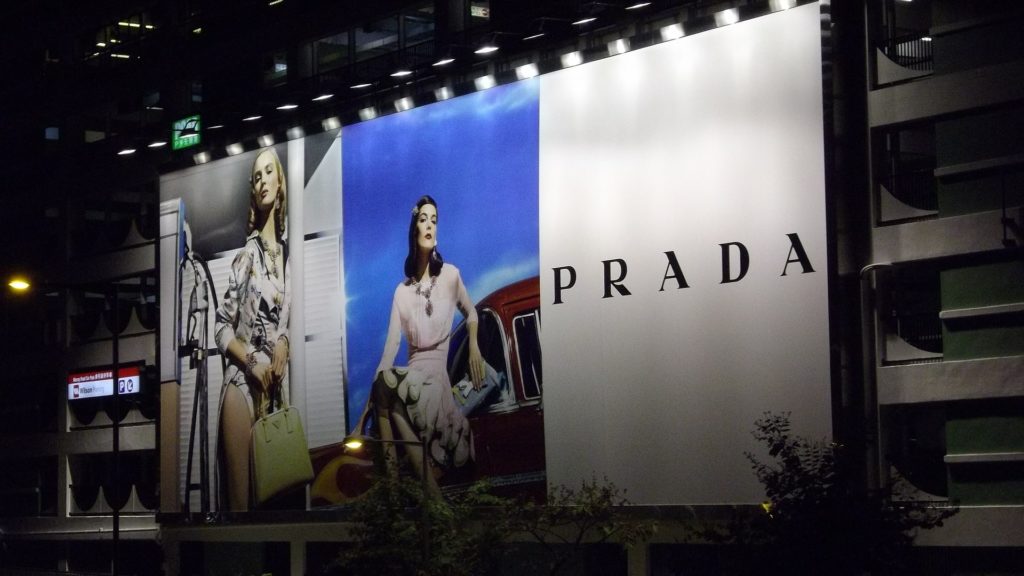
Los Angeles Billboard Advertising
Los Angeles is an outdoor advertising hotspot with just under 4 million residents and 50 million tourists that visit annually. These unique ad spaces situated around LA are in high demand as they offer exclusive advertising and branding opportunities. And as a result, this prime real estate can cost upwards of $20,000. But we’ll get to that later on. First, let’s go over the kinds of out-of-home advertising available in LA.
Bulletins
The largest type of billboard advertising – and arguably the most impactful – is the bulletin. Typically, bulletins are situated on expressways and over major roadways, front and center for drivers as they sit in traffic on their way to work, tourist attractions, or simply errands. LA traffic offers a mixed audience of locals and visitors alike.
These billboards are often purchased for an extended period of time – some for 12 weeks – creating a longer-lasting reach with higher frequency and more impact on passersby. To ease their carbon footprint, many companies now offer sustainable materials that can be recycled after a campaign has ended.
Along with the powerful impact and giant size of the bulletin boards comes a larger price tag. Their size does allow for further customization, making it possible to add on embellishments and extensions above and beyond the typical billboard space. Bulletins are sized approximately around 14′ x 48′, though these can vary.
Wallscapes
Spectacular and eye-catching, a wallscape is a powerful outdoor advertising tool for building valuable connections with viewers. Wallscapes are exactly what they sound like – the wall of a building or structure creates a sweeping scape with ad content that has the potential to go viral. These towering ads pique the interest of those passing by, offering advertising at a more elevated height than even billboards.
Putting time and effort into developing clever creative really makes the difference with these ads, as larger real estate and unconventional shapes allow advertisers to play with aesthetics without typical space limits. These wallscapes are often in key locations that frame city streets, reaching a broader target audience than other conventional advertising.
Posters
More affordable than bulletins or wallscapes, posters – sometimes known as 30 sheets – are medium-sized options for those brands working with a smaller budget who still want decent, medium-reach coverage. Like bulletins, posters still maintain a strong visual impact with a sizable ad space of 10’ 5” x 22’ 8”. Also available in eco-friendly options, posters can be incredibly effective for short-term, high-frequency campaigns that span a 4-week period.
Junior Posters
Junior posters are smaller board options located closer to viewers’ line of sight for enhanced visibility. These are often situated in smaller neighborhoods with more niche demographics and localized targeting. For smaller and shorter, 4-week campaigns, these can be ideal, as they are often located in densely populated areas nearer to points of purchase.
Digital Billboards
To keep up with the world of tech and all things digital, digital billboards are becoming more and more popular in the advertising world. Their real-time updating, syncing with social media, and customization features make them pop among loud, colorful branding in Los Angeles. They offer time-sensitive, targeted, efficient features that allow advertisers to reach audiences in highly visible, heavily trafficked locations. Plus, they can be purchased on a flexible basis for campaigns as short as one day or as long as one year.
Despite their popularity, digital billboards are not allowed in all areas; they’re allowed only in certain areas in or near the city itself, including Hollywood, Sunset Boulevard, and Inglewood. The city council first banned new digital billboards in 2009 and is more recently engaged in pushing laws that ban the use of digital billboards on cars. More on that later.
But first, how much does it cost to advertise on a billboard?
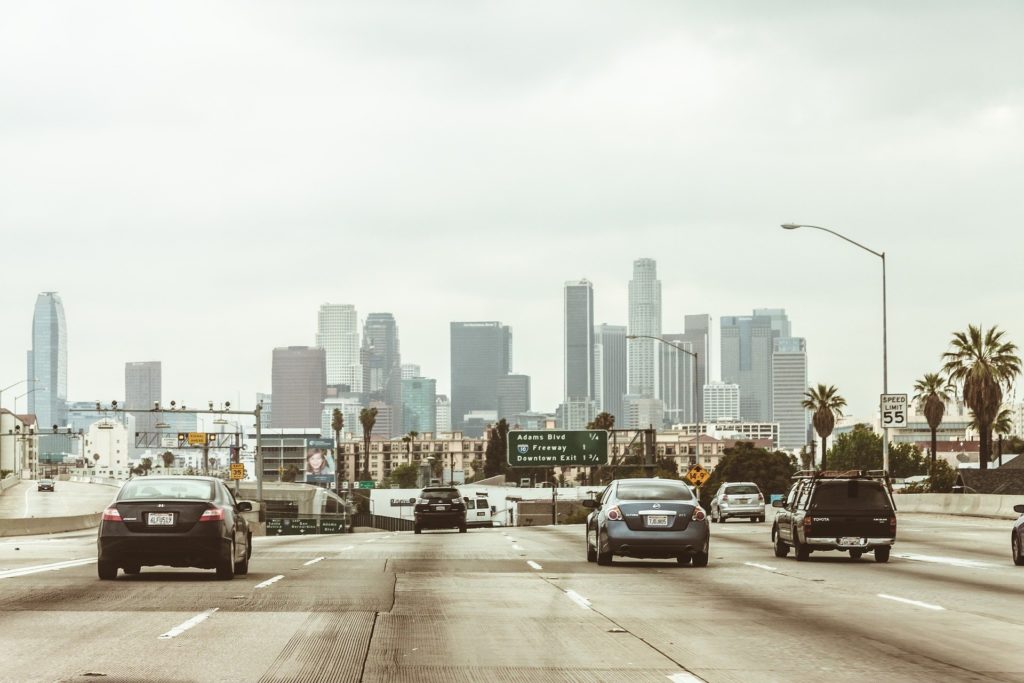
How much does billboard advertising cost in Los Angeles?
For billboard cost, Los Angeles is in the top 3 of the United States. In 2018, Netflix bought 35 Regency billboards along the sunset strip for $150 million. In 2021, pricing can run anywhere on average between $2000 to $15,000 a month with some spots even upwards of $90,000 for a 4-week spot.
According to Adquick, the average, 4-week billboard cost is $1.3K with the lowest price at $200, a median CPM of $3.83, and 1,890,955,683 median impressions. Digital billboards tend to be even costlier with only 96 digital billboard locations from which to choose. The average cost of digital billboards is $9.25k with the lowest price at $687, a median CPM of $8.98, and 155,784,425 median impressions.
When it comes to pricing, certain factors play a role. For example, ad spaces along the right side of the road are pricier as they are easier for quick reading while driving. Obscured boards and spaces cost less than prime spots, for example.
In general, billboard pricing depends primarily on demand, the neighborhood locale, the specific location within that neighborhood, the demographics of the surrounding area, and the impressions successfully delivered by that ad space. The average cost of a powerful Los Angeles wallscape is $22.6K with the lowest price at $500, a median CPM of $25.21, and 339,811,630 median impressions.
As you can see, making a big impact costs a lot of money. With a variety of different OOH advertising options to choose from, it’s easy to find the right ad space for your content and budget.
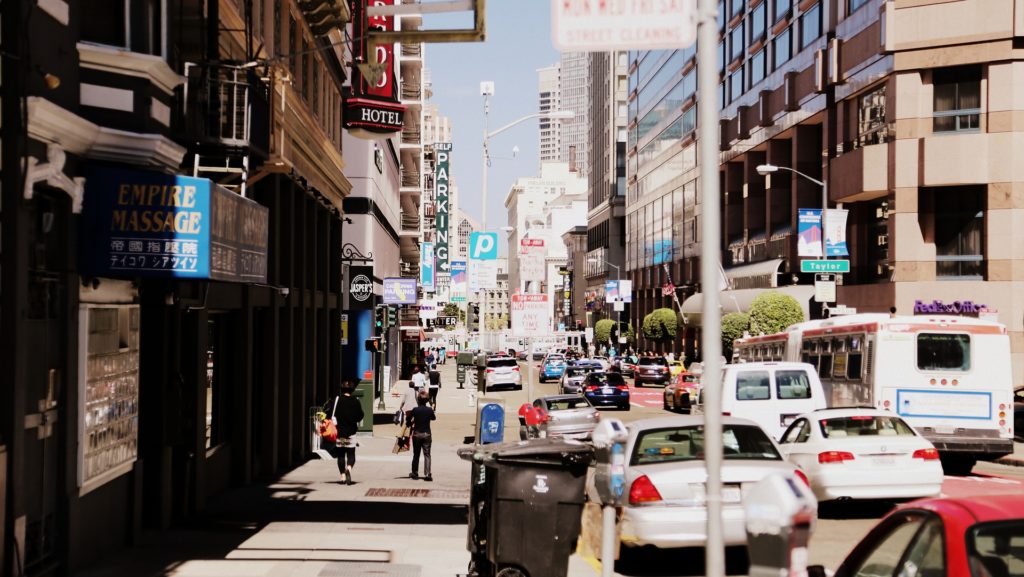
Out-of-Home Advertising Options in Los Angeles
While billboard advertising is incredibly effective in Los Angeles, there are a plethora of profitable OOH advertising spaces available. These include mobile advertising via rideshare, transit shelter ads, and others. Read on to explore more.
Rideshare Advertising in Los Angeles
There are no billboards allowed in Santa Monica; digital billboards are banned in many areas of the city. While a disadvantage, this poses an incredible opportunity for using other methods of reaching audiences. This includes transit advertising.
Rideshare advertising is a form of digital OOH advertising that displays ads inside or outside Uber, Lyft, and other vehicles. These highly relevant ads can even provide solutions for problems that passengers might have.
Advertisers and brands love rideshare advertising as it provides the perfect opportunity to capture a rider’s full attention as they drive by or sit in the back of a vehicle. With the average Uber ride clocking in at 5.41 miles, there is ample time to engage passengers and connect them to relevant products and services.
Quickly rising to the top of rideshare advertising, AdTech company ALFI is redefining the way that brands and customers connect with content.
ALFI Tablets and the Future of Rideshare Advertising
With powerful computer vision, AI, and machine learning models, ALFI offers advertisers more effective targeting options. For the first time, audiences can be targeted in real-time based on their behavior and physical demographics. Brands can now determine how effective their OOH ad is at getting attention, but also collect valuable audience data to get true insight on who is paying attention.
Interactive tablets are quickly becoming the most popular way to deliver rideshare ads to passengers. Once installed in the vehicle, the tablet provides curated entertainment and ads for an enhanced rider experience. Entertainment options might include games, news, movie trailers, and more.
Once its high-tech AI senses the age and gender of the person who is in the vehicle, ALFI’s algorithms can provide the right type of relevant content to each viewer. This innovative technology can offer relevant places of interest, local attractions, news stories, interactive surveys, traffic alerts, and movie trailers. Passengers can even play games using ALFI.
While other platforms blur the line when it comes to user privacy, ALFI crafts tools that empower media buyers to reach their exact target market, at the right time and in a respectful and ethical manner. It sets new standards by providing precise targeting information to advertisers, but it does so without intruding by collecting information in non-intrusive ways that are compliant with GDPR, CCPA, and HIPAA. ALFI proves that it is possible to maintain compliance and still provide valuable data metrics for decision-making.
Without having to input or store any personal information, ALFI provides advertisers with access to detailed targeting options, in-depth analytics, and instant access to update and improve their campaigns in real-time. Advertisers aren’t the only ones who benefit from ALFI. Their outstanding compensation program allows drivers to earn up to $350 a month.
Transit Shelter Ads
Purchased over 4-week periods, transit shelter ads are smaller, powerful ad spaces that address commuters and drivers passing by or stopping near these spots in the community. They maintain high exposure throughout the day and night and are often positioned near high-traffic areas that include sporting arenas, entertainment venues, business districts, retail areas, and social hangouts.
In Conclusion
Billboard advertising and out-of-home advertising in Los Angeles offer truly profitable, effective investments for expanding your reach, boosting your sales, and increasing your brand recognition. With a host of effective tools and spaces from which to choose, it’s just a question of finding the right combination for your marketing needs.
ALFI
With ALFI, it’s possible – and even easy – to target users in Los Angeles with powerful DOOH advertising, master AdTech, and generate revenue ethically, all while respecting passengers’ and users’ right to privacy.
Want to know more? Drop us a line and our team will get in touch with you!
